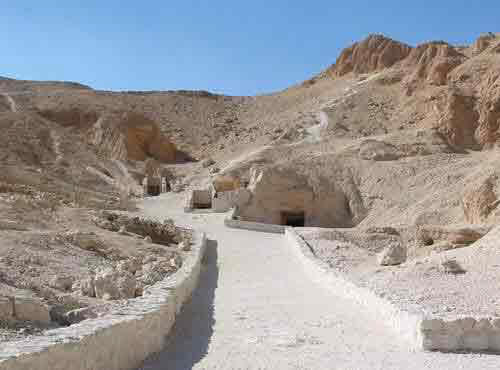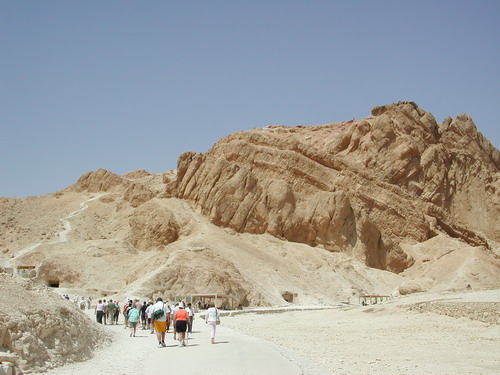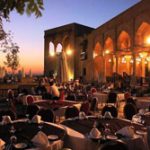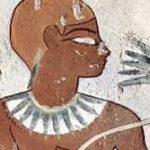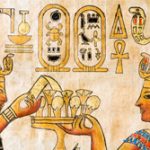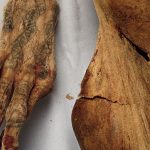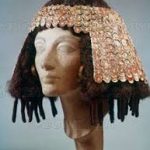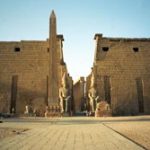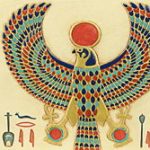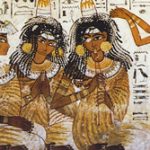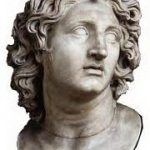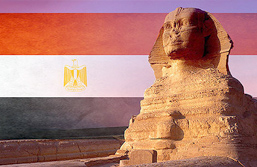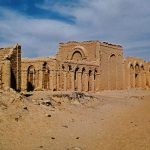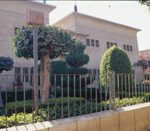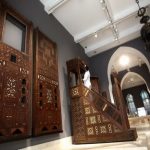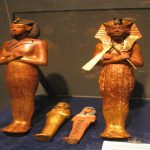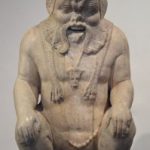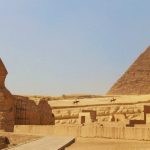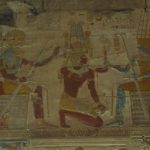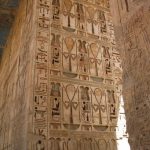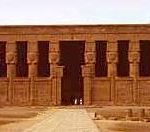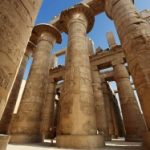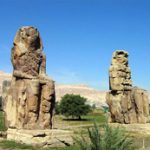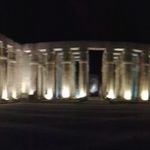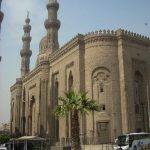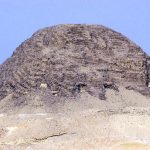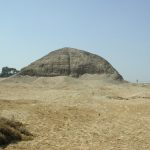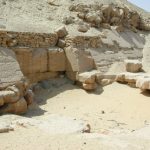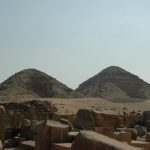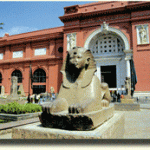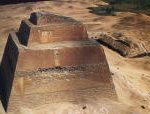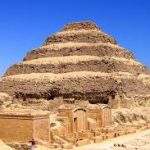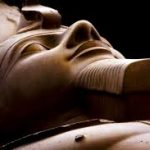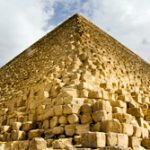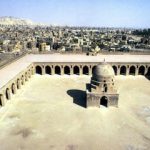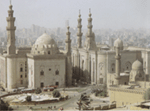
The Valley of the Queens is an isolated cemetery in the southern part of Thebe’s vast necropolis, on the west bank of Luxor. It contains about 70 tombs, mainly belonging to queens, princesses, princes, and nobles who lived during the XIX and XX dynasties.
In general, these tombs are smaller than those belonging to kings. The plans of these tombs usually consist of a small antechamber, a long narrow corridor with several side chambers, and at the end – the burial chamber
_resize.jpg)
One of the most important tombs in the valley is the one belonging to the famous Queen Nefertari, the principal consort of King Ramses II. This beautiful tomb was in a poor condition because of the salt crystals seeping into the weak limestone. It was briefly restored and reopened for visitors but has since been closed to the general public because of high CO2 levels as well as moisture from guests simply breathing, which were damaging the beautiful artwork. Her tomb consists of a stairway leading down to a hall, valley of queens on the walls; there are representations of the queen with different gods and goddesses. This hall leads to an inner side chamber decorated with religious scenes such as Queen Nefertari burning incense, and giving offerings to the Gods Osiris and Atum. A corridor then leads to the burial chamber with walls decorated with scenes of the “Book of the Gates”. Also located in the valley are the tombs of three of the sons of King Ramses III.
Tomb # 55:
This Tomb is considered to be one of the most important tombs amongst them. It was dedicated to Prince Amon-khopshef, a son of King Ramses III who had died at an early age.
The 1st chamber features an array of beautiful scenes on its walls depicting the prince and his father making offerings to various deities. The large hall is decorated with some scenes of the “Book of the Gates”.

Tomb # 44:
This tomb belongs to Prince Khaem-waset, another son of Ramses III. It consists of 2 long corridors, with 2 side chambers, and a square burial chamber.
The walls of this tomb are decorated with various painted scenes, some of them representing the prince with different deities, and with his father in front of the deities of the afterworld.

